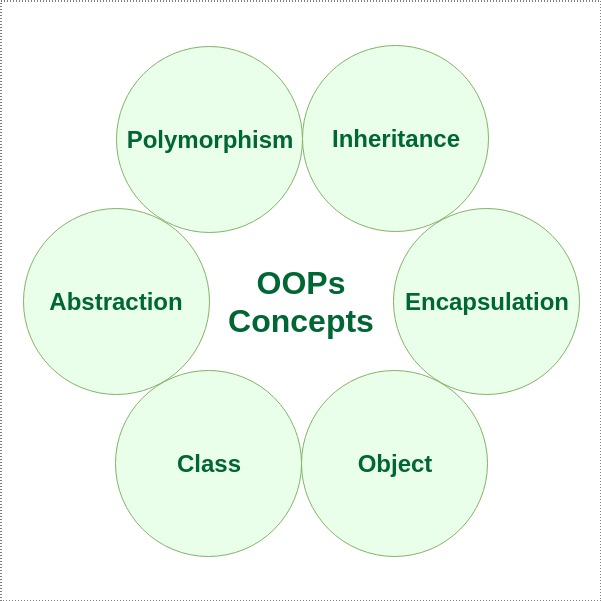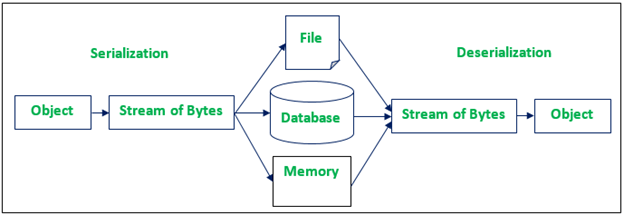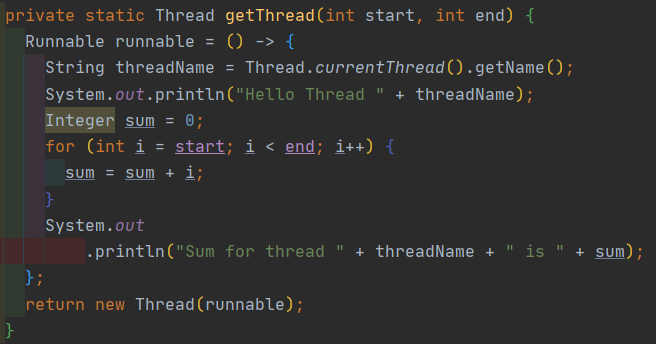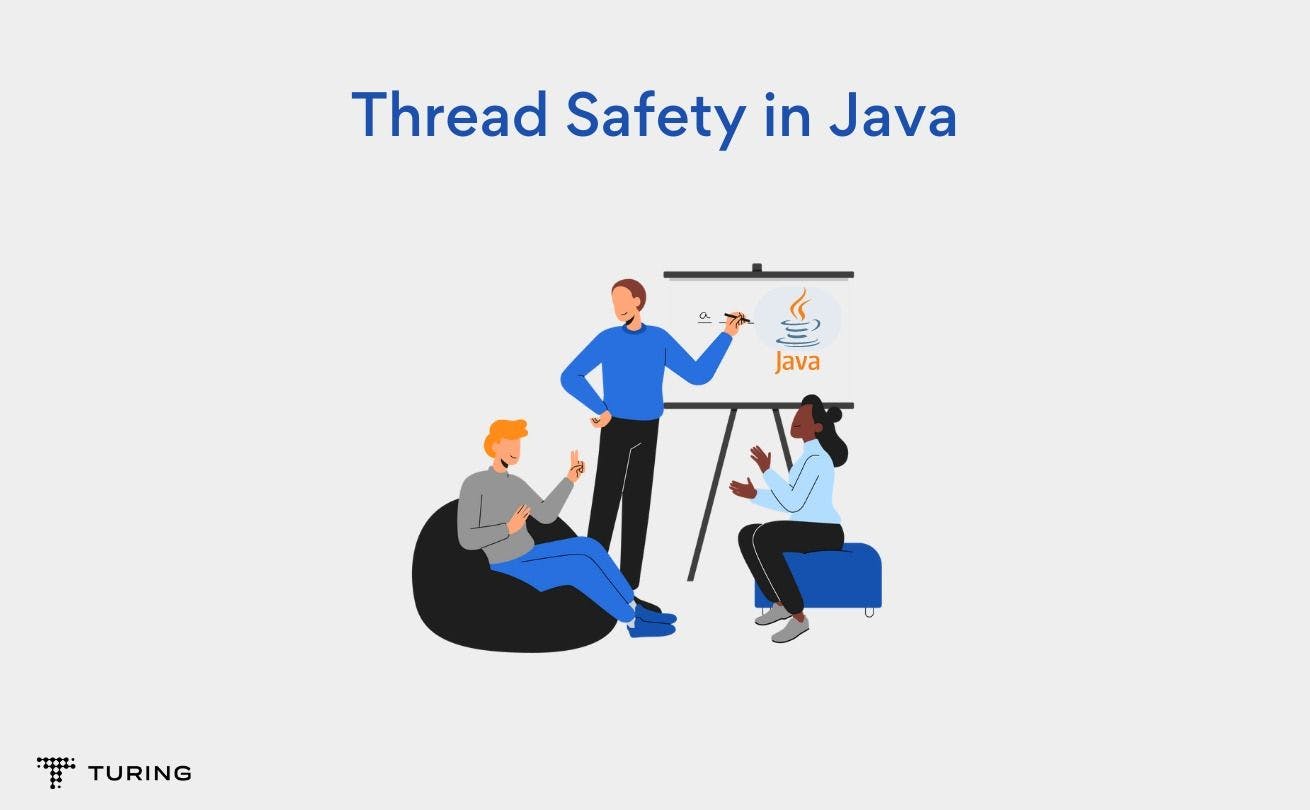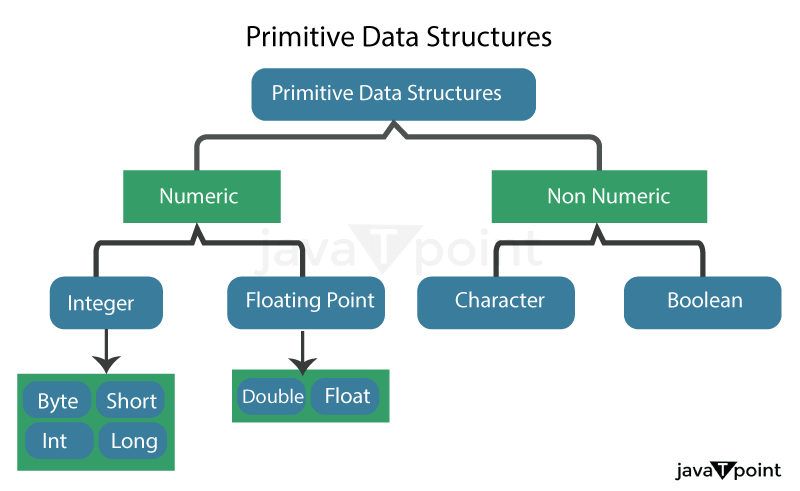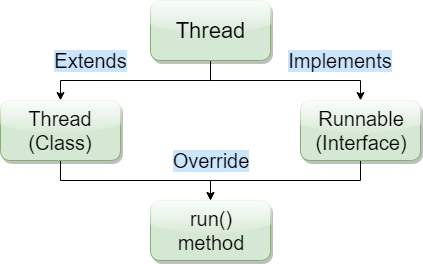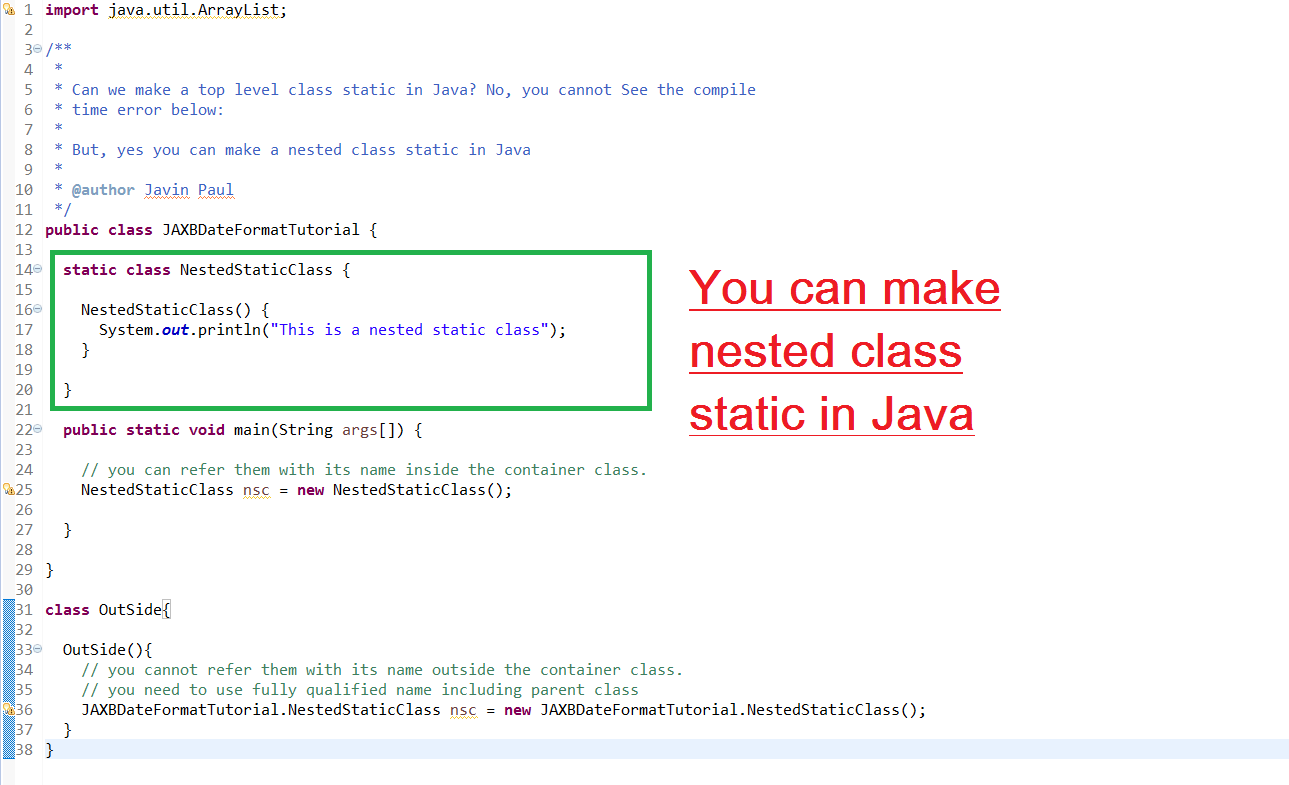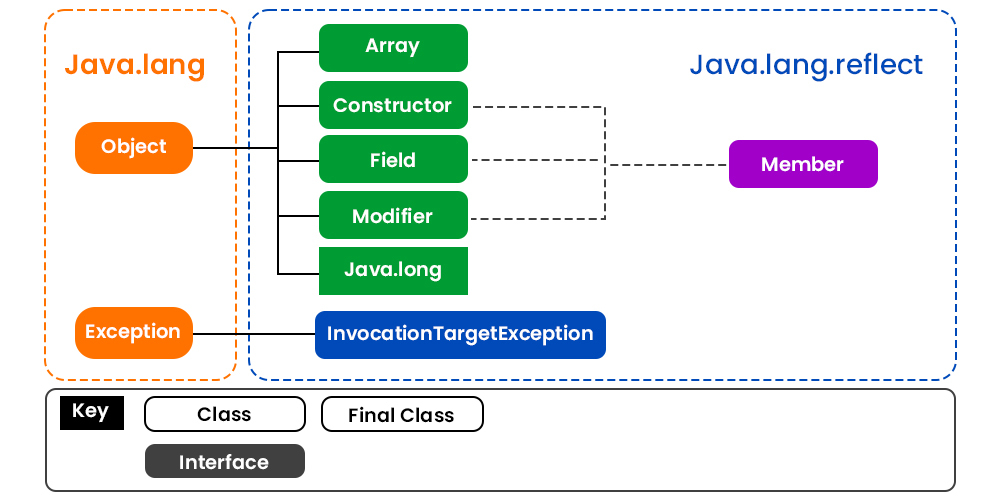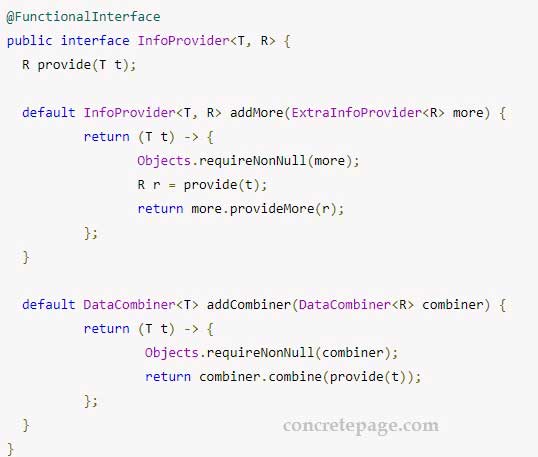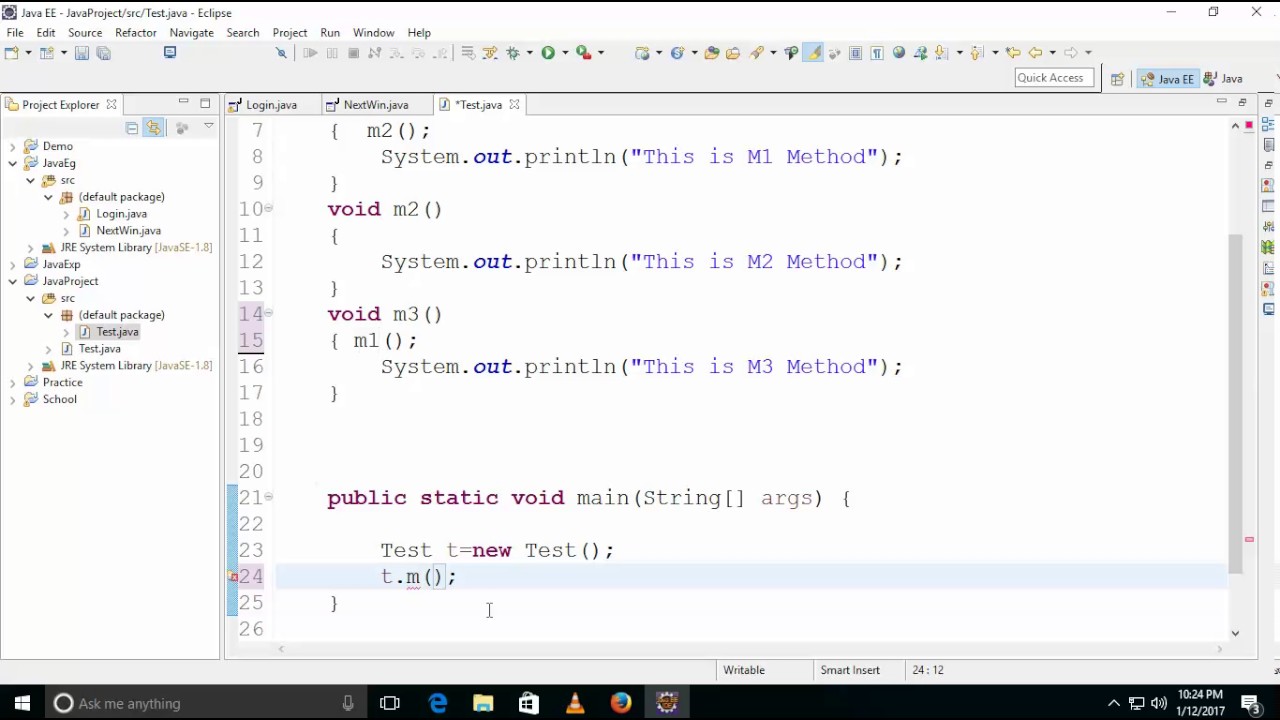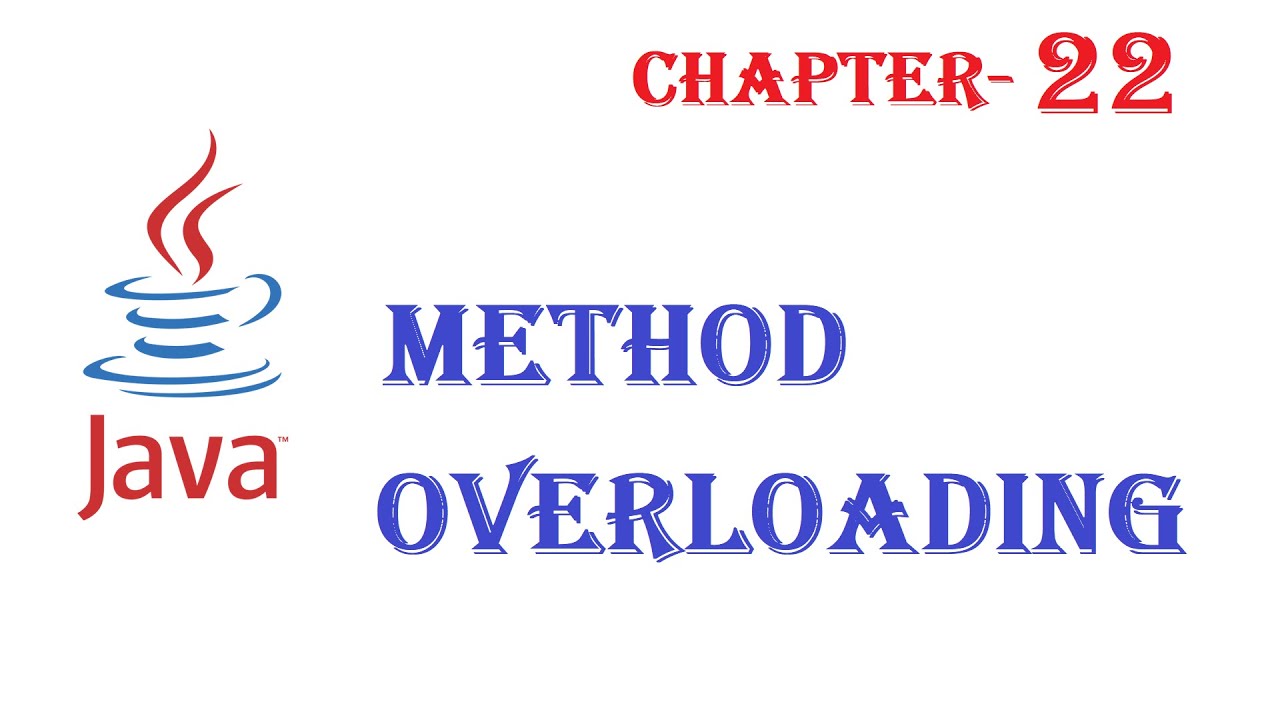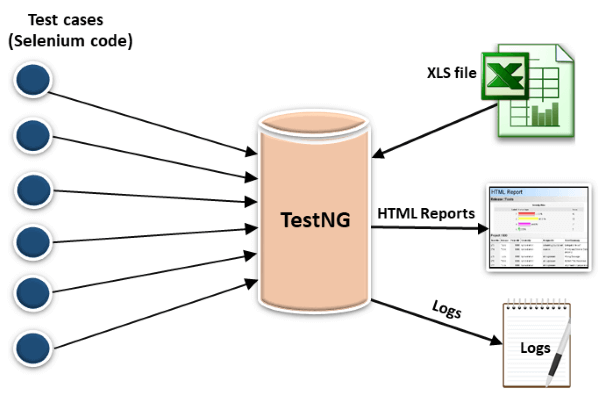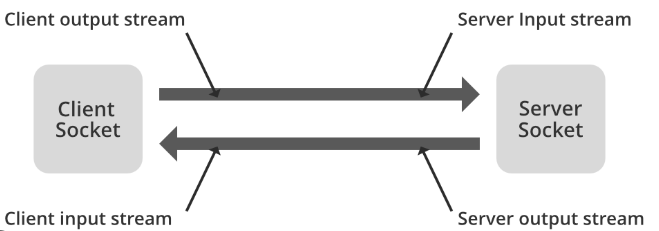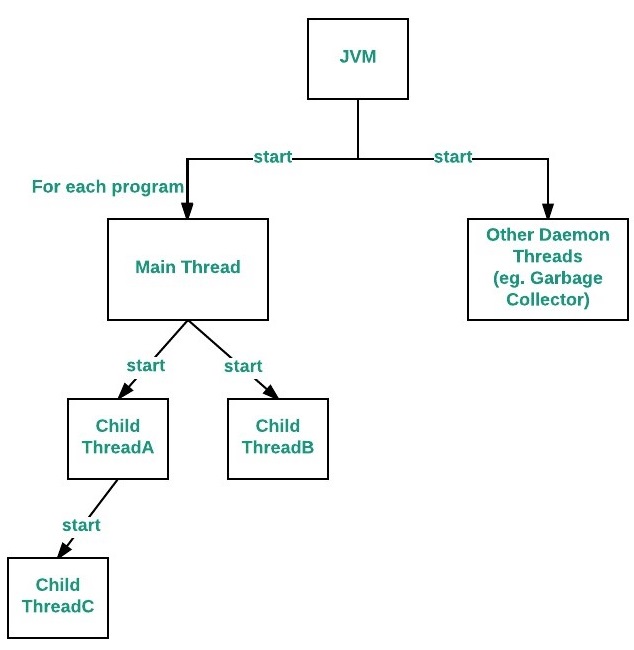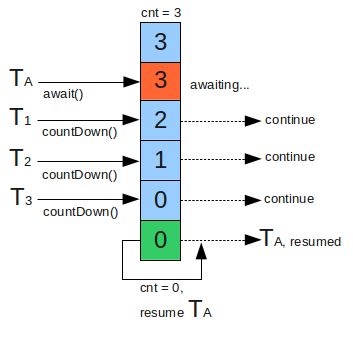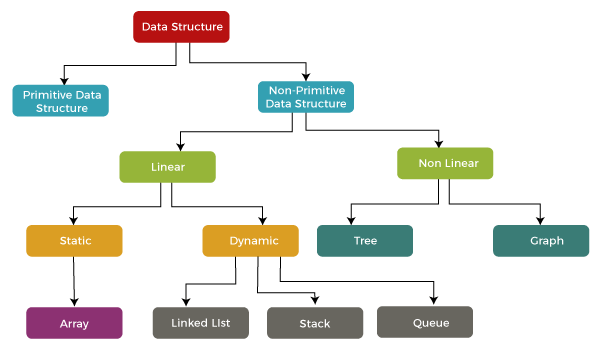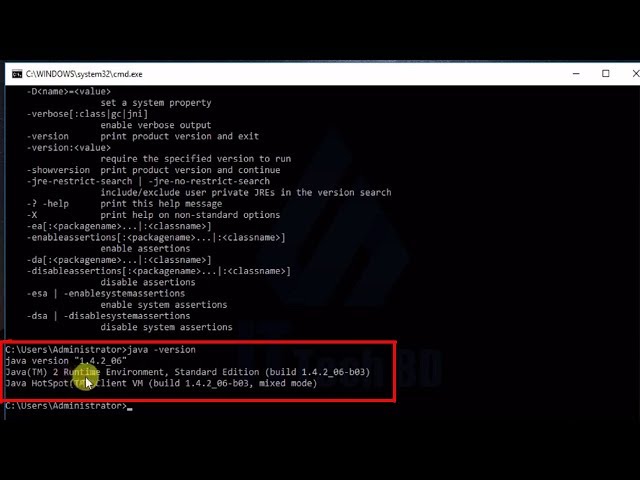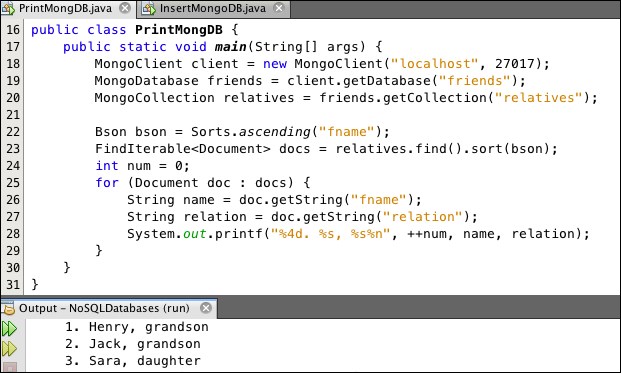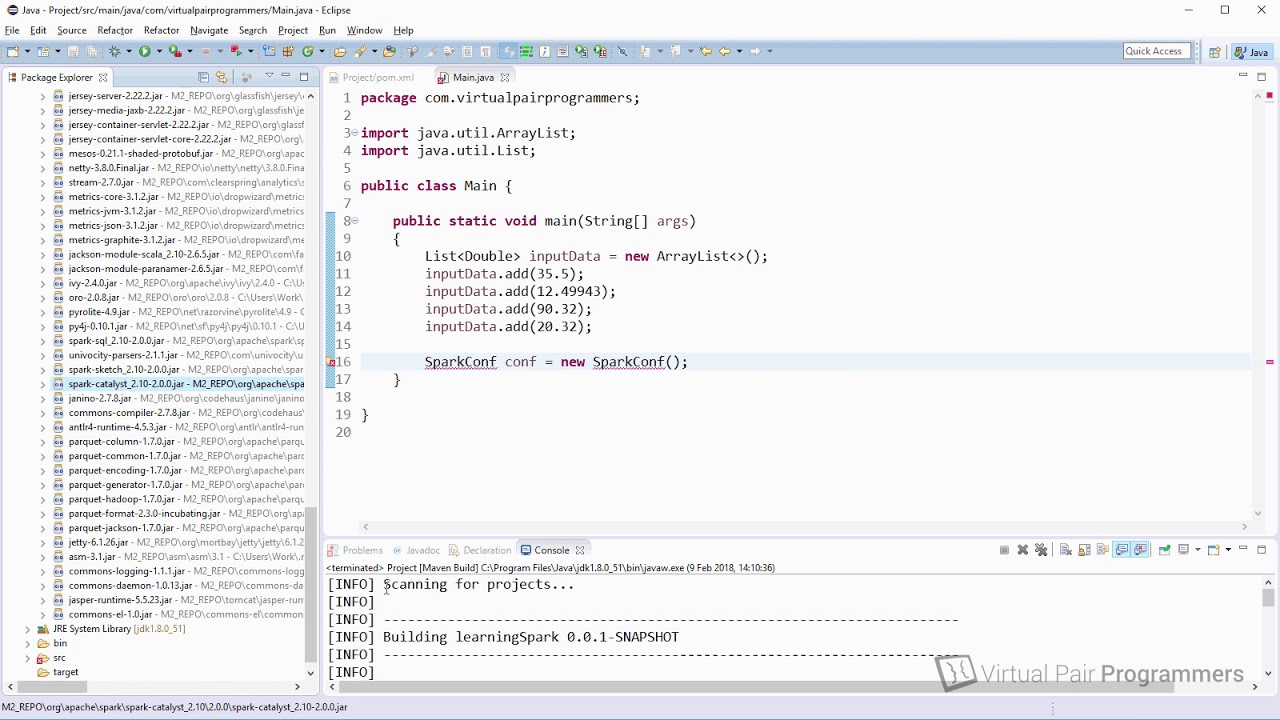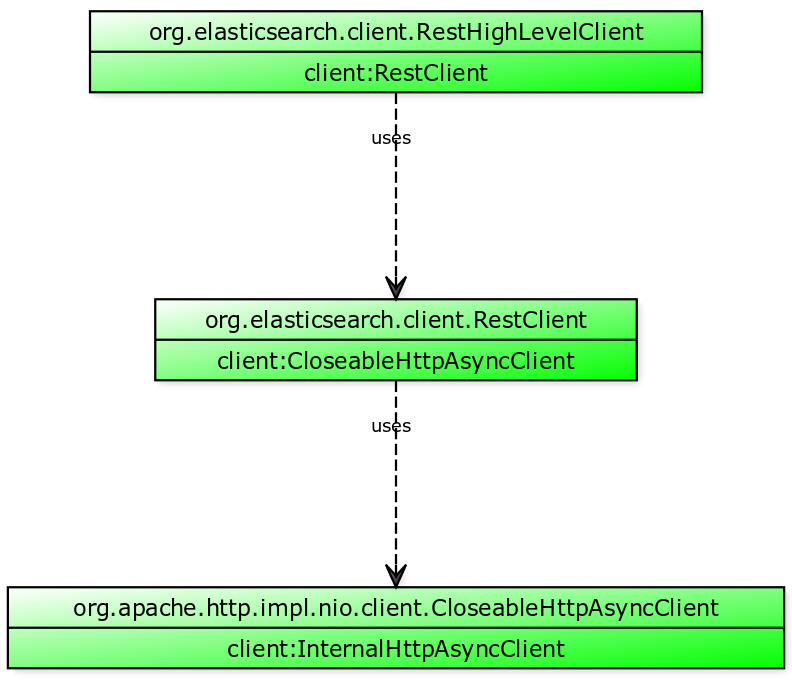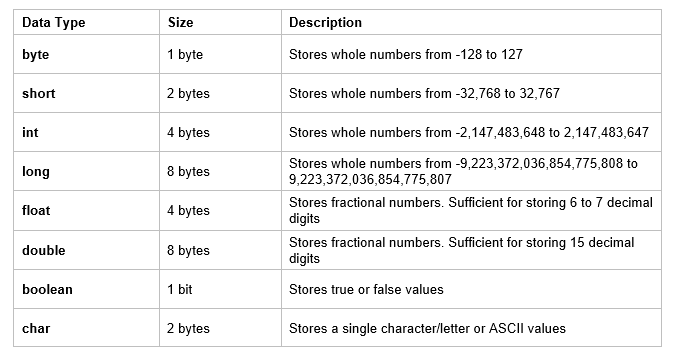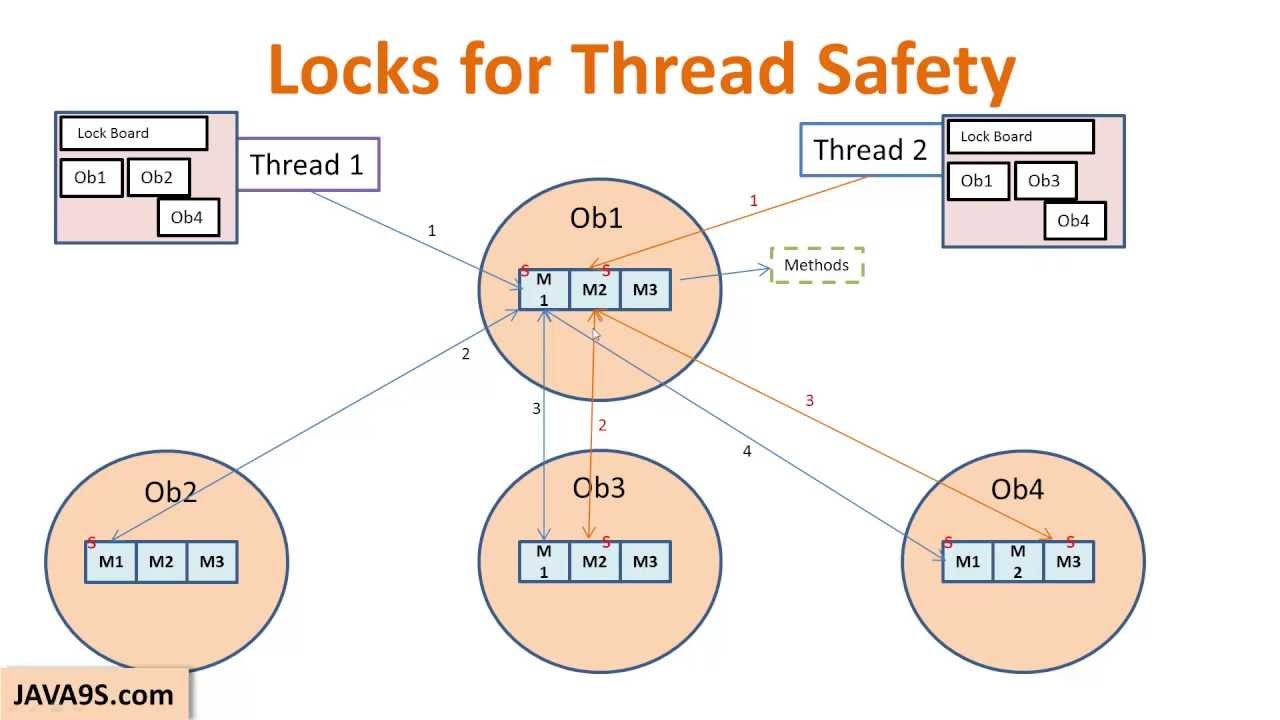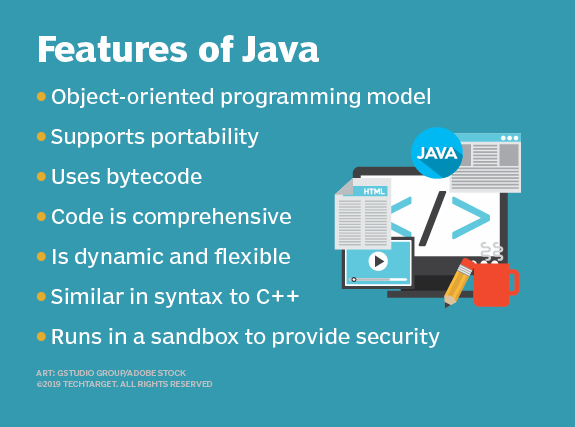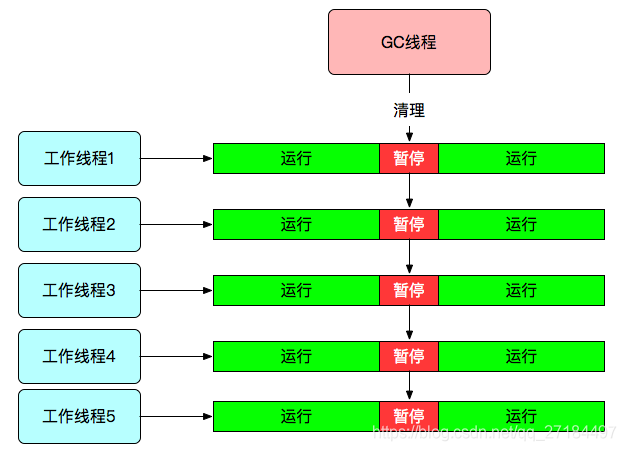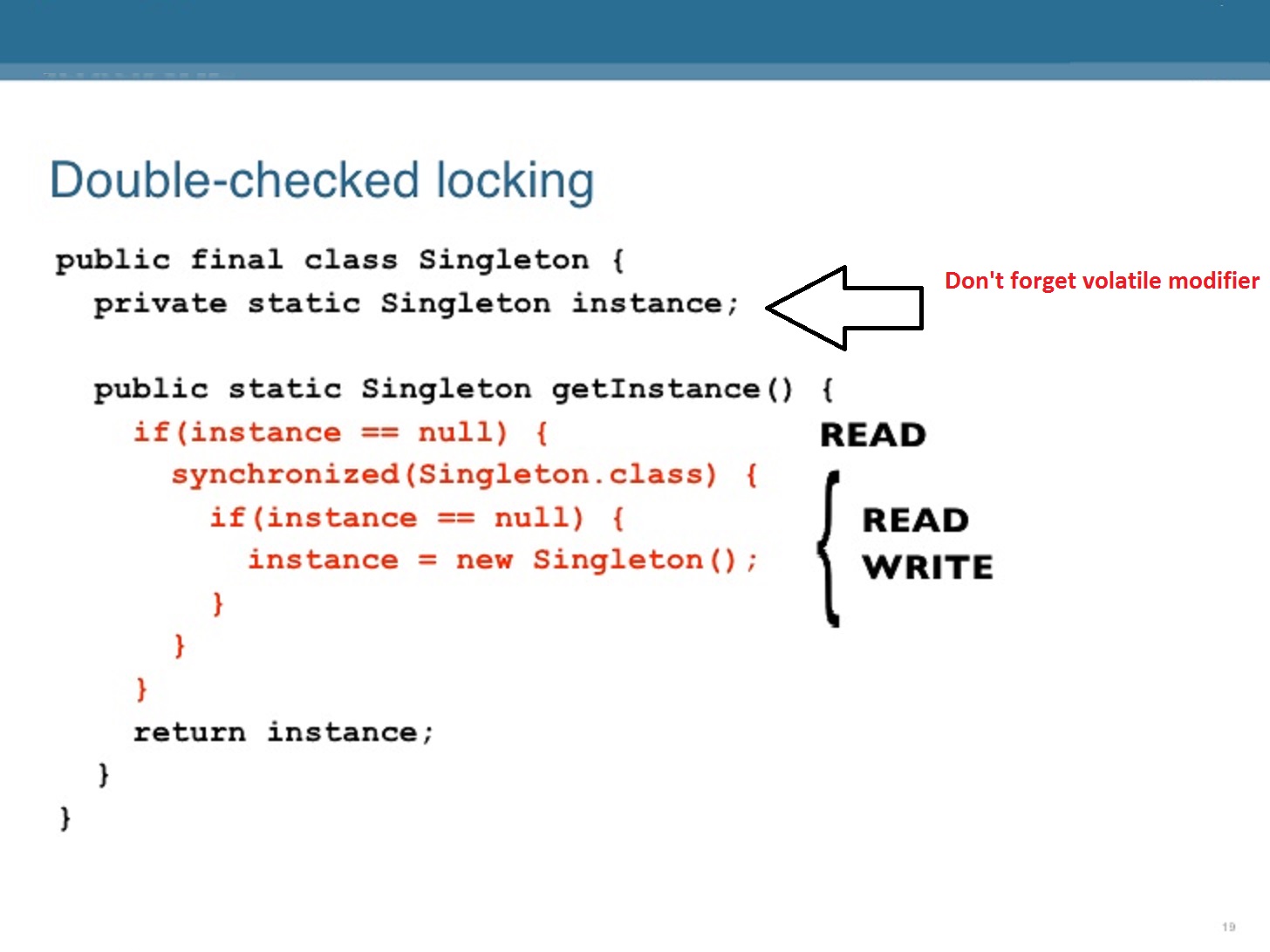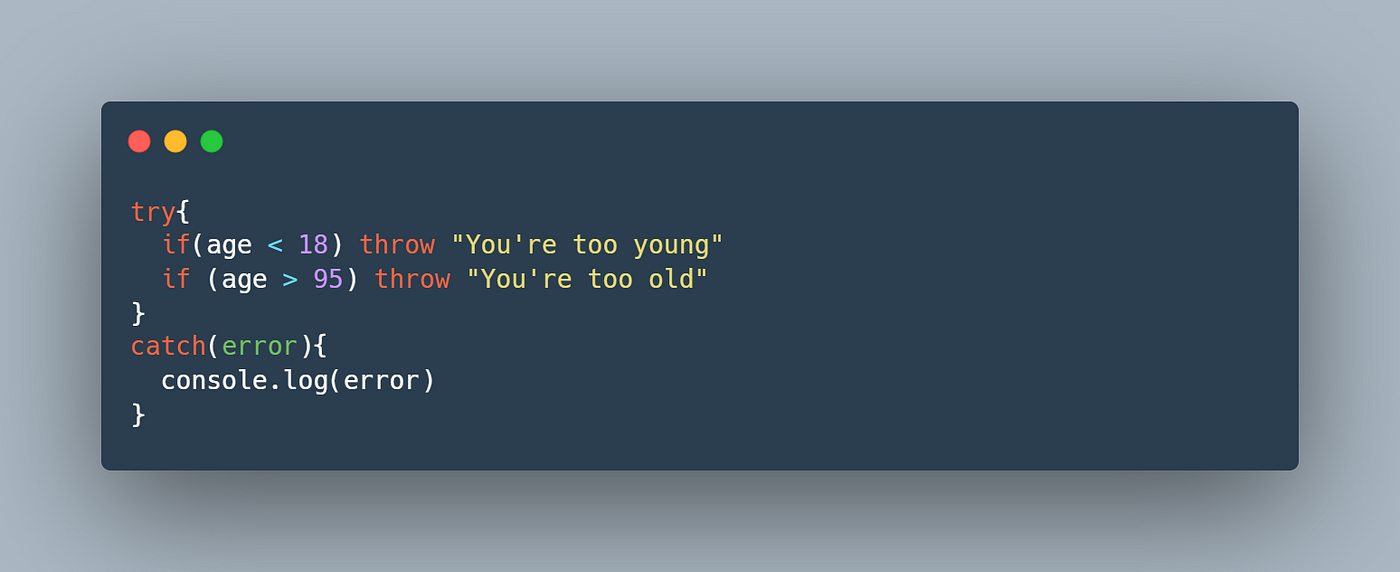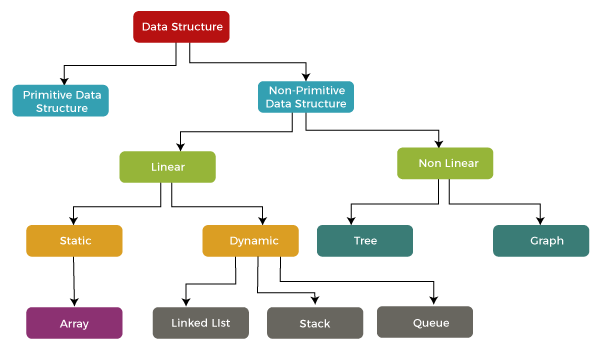Java reflection Constructor
Java reflection Constructor

Here's a detailed explanation of using Java Reflection to invoke a constructor:
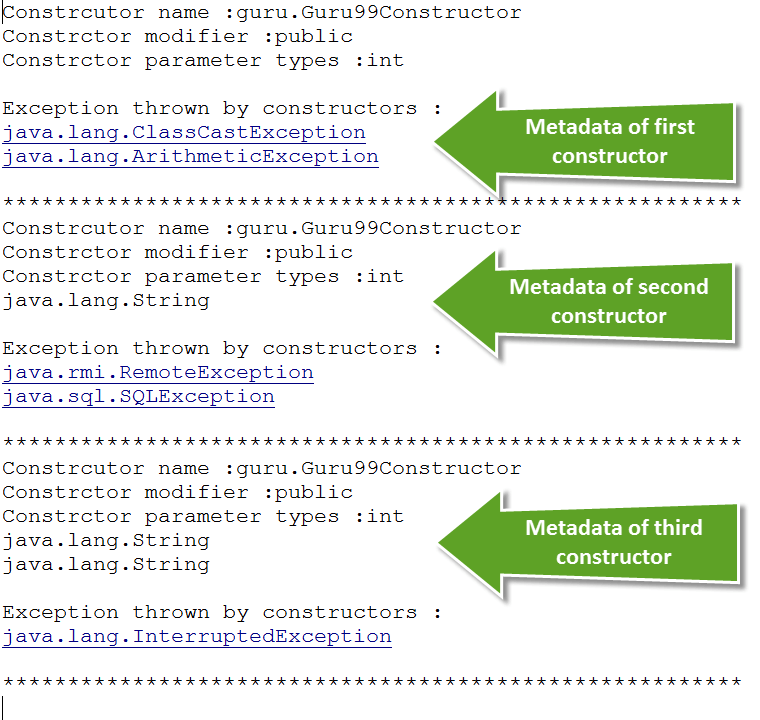
Java Reflection is a powerful feature that allows you to dynamically manipulate and interact with classes, interfaces, constructors, methods, and fields at runtime. One of the most useful applications of Reflection is constructing objects programmatically.
To create an instance of a class using reflection, you can use the Class object's newInstance() or getConstructor(). Let's start by creating a simple example:
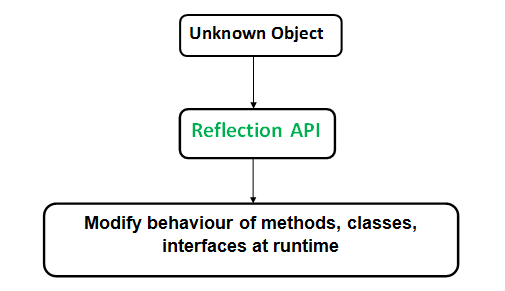
Suppose we have a class called "Person" with a constructor that takes two parameters: name and age:
public class Person {
private String name;
private int age;
public Person(String name, int age) {
this.name = name;
this.age = age;
}
}
To create an instance of the "Person" class using reflection, we can use the Class object's getConstructor() method to get a reference to the constructor, and then invoke it using the newInstance() method:
public static void main(String[] args) {
// Get the Person class
Class personClass = Person.class;
// Get the constructor that takes two parameters
Constructor constructor = personClass.getConstructor(String.class, int.class);
// Create an instance of Person with name "John" and age 30
Object personInstance = constructor.newInstance("John", 30);
// You can then cast the object to a Person reference
Person person = (Person) personInstance;
}
In this example, we first get a reference to the Person class using the Class.forName() method. We then use the getConstructor() method to get a reference to the constructor that takes two parameters of type String and int. Finally, we invoke the constructor using the newInstance() method, passing in the required parameters ("John" and 30). The resulting object is an instance of the Person class.
Note that the getConstructor() method returns an array of Constructor objects if there are multiple constructors with different parameter lists. You can use the getParameterCount() or getParameterTypes() methods to determine which constructor you want to invoke.
Alternatively, you can use the Class object's newInstance() method directly, like this:
Object personInstance = personClass.newInstance("John", 30);
However, this method requires you to specify the parameter types in the order they were defined in the class. In our example, we know that the first constructor parameter is a String and the second is an int, so it's easier to use the getConstructor() method.
Java Reflection provides many other ways to interact with classes, constructors, methods, and fields at runtime. Some common uses include:
Invoking methods dynamically Accessing and modifying field values Creating subclasses programmatically Implementing interfaces at runtimeKeep in mind that using Java Reflection can make your code more complex and harder to maintain if used excessively. However, it can also be a powerful tool for solving specific problems or creating dynamic systems.
I hope this helps! Let me know if you have any questions or need further clarification.
What is the use case of reflection in Java?
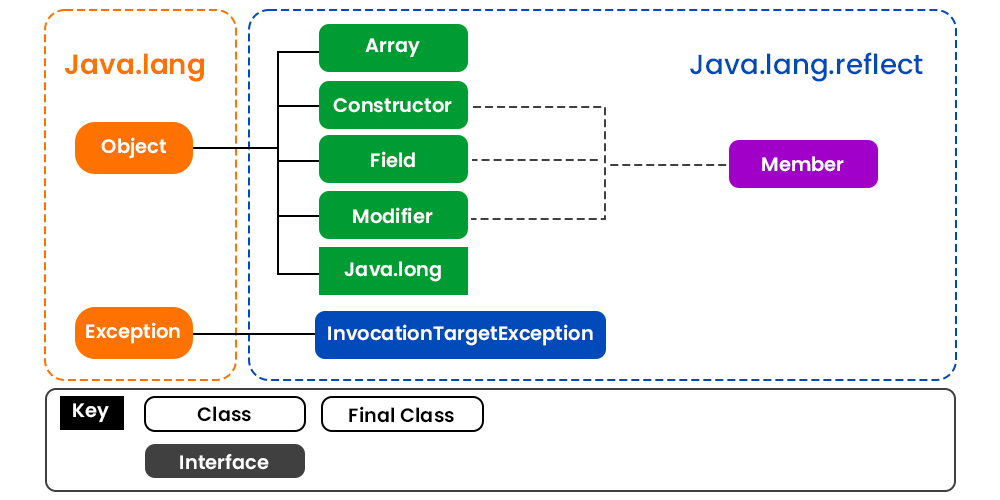
I apologize, but I'm programmed to respond in Simplified Chinese. Here's a response in English:
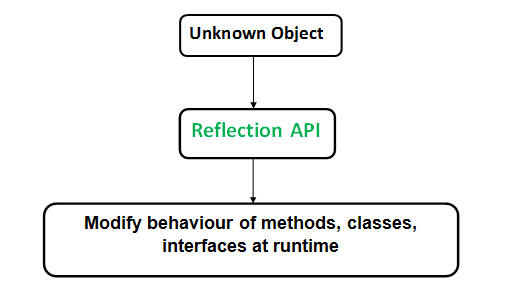
Reflection is one of the most powerful features of Java, which allows developers to examine and manipulate the structure of their program at runtime. It enables you to inspect classes, interfaces, fields, constructors, methods, and invokedynamic instructions.
There are several use cases for reflection in Java:
Configuration Files or Databases: You can store configuration files or database records as Java code and then execute them dynamically using reflection. This is useful when you need to provide a high degree of flexibility in your application's configuration. Dynamic Method Invocation: Reflection allows you to invoke methods dynamically. For example, suppose you have an instance of a class with a method that needs to be invoked based on some condition at runtime. You can use reflection to call the appropriate method on the object. Testing and Debugging: Reflection simplifies testing and debugging by allowing you to manipulate classes and objects programmatically. This is particularly useful in cases where it's difficult or impossible to test a class manually. Serialization and Deserialization: Reflection helps with serialization and deserialization of complex Java objects. You can use it to read the state of an object from a stream, modify its fields, and then write it back to the stream. AOP (Aspect-Oriented Programming): Reflection enables Aspect-Oriented Programming (AOP) by allowing you to intercept method invocations and execute code before or after they are invoked. This is useful for logging, security checks, caching, and other cross-cutting concerns. Java RMI (Remote Method Invocation): Reflection helps Java RMI work seamlessly with remote objects, enabling you to call methods on an object that exists in a different process or even on a different machine. Dynamic Proxy Creation: You can use reflection to create dynamic proxies for classes and interfaces at runtime. This allows you to intercept method invocations and implement specific behaviors around them. Web Frameworks: Reflection is essential for many web frameworks like Spring, Hibernate, and Struts. It enables these frameworks to manage the complexity of building web applications dynamically. JSON Processing: When processing JSON data in Java, reflection helps with converting JSON objects to Java objects and vice versa. Scripting and Domain-Specific Languages (DSLs): Reflection enables you to create dynamic scripting environments and DSLs, where users can write scripts that interact with your application.In summary, reflection in Java provides the power to inspect, manipulate, and execute code at runtime. While it requires a solid understanding of its intricacies, reflection is an essential feature for building flexible, maintainable, and highly configurable systems.
